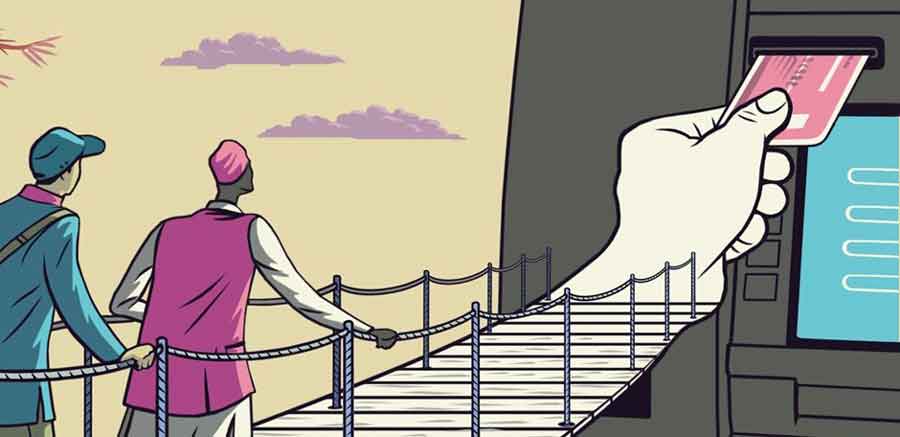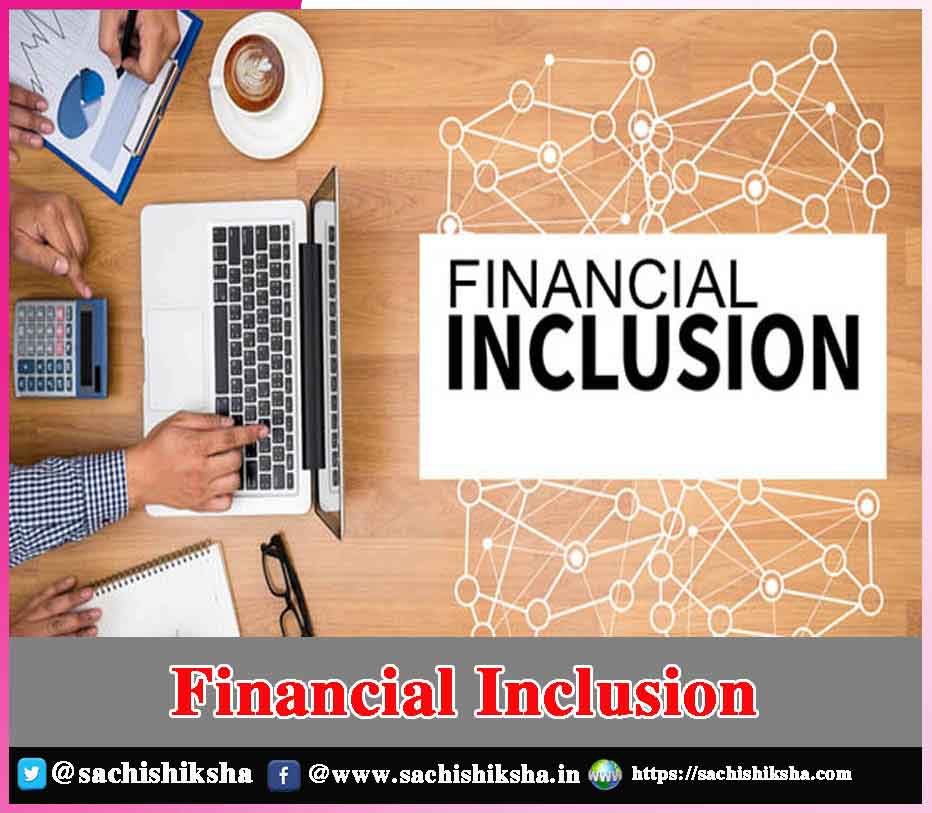Financial Inclusion
Introduction: Financial inclusion means ensuring financial support to the weaker sections of the society to make them competent enough to avail the basic necessities of life. Certain sections in the society who are not financially sound need outside support to attain basic necessities like food, medical help, education etc.
Also Read:
- Financial Challenges for People with Disability
- Challenges in Parenting in 21st Century
- Importance of Old People in a Family
- Personal Financial Planning
Table of Contents
Definition of Financial Inclusion:

The World Bank defines the term as the following:
“Financial Inclusion means that individuals and businesses have access to useful and affordable financial products and services that meet their needs” The World Bank Group considers financial inclusion a key enabler to reduce extreme poverty and boost shared prosperity.
Mechanism of Financial Inclusion:
Following are the ways and robust mechanisms through which financial inclusion is taking place in India.
- NABARD is a bank that ensures rural development by financing the agriculture sector. NABARD is fully owned by the Government of India.
- DBT or Direct Benefit Transfer is one such method adopted by the government in order to directly transfer money in the beneficiary’s account thus preventing money wastage and corruption due to the entrance of intermediaries.
- PM Kisan is also a crop insurance scheme to give protection to the farmers against post harvest losses.
- PMJDY Pradhan Mantri Jan Dhan Yojana is responsible for opening up of 30 crore bank accounts. It is the most prominent part of financial inclusion.
- Aadhar under the UIDAI is one another step to ensure financial inclusion because of linking and seeding beneficiary’s details so that he or she can avail the benefits given by the government. The Aadhar-enabled Payment System enables an Aadhar enabled bank account to be used at any place and at any time, using micro ATMs. The combination of Aadhaar, PMJDY, and a surge in mobile communication has reshaped the way citizens access government services.
- PM MUDRA Yojana- MUDRA is a financial institution set up by Government of India for development and refinancing of micro units enterprises.
Contribution of SHGs:
Formation of Self Help Groups, Primary Agricultural Societies, Cooperatives have also led to financial inclusion. Currently, India has over 6.6 million SHGs with 72 million members, including those set up before the NRLM, according to government data. The NRLM aims to reach nearly million poor.
Some SHGs also qualify for loans from banks up to Rs 3 lakh, which can be used for members’ livelihood and other needs. Financial access and other support systems like government schemes have enabled village women to boost their family income and educated women have benefited the most from the programme with those with more years of schooling receiving larger loans. Women self help groups are also significant contributors to GDP
Flagship Schemes:
The government has also launched many flagship schemes to promote financial inclusion and provide financial security to empower the poor, the underprivileged and unbanked in the country. The schemes include PM Jeevan Jyoti Bima Yojana, Atal Pension Yojana & issuing Kisan Credit Cards (KCC), increasing the number of automated teller machines (ATMs). These schemes have been very helpful as they have provided credit to farmers, entrepreneurs, small businessmen and women to sustain their livelihood.
UPI:
Not only these schemes but also financial literacy would help in attaining financial inclusion because people should be aware of the latest digital tools employed to empower people. With the strengthening of the Unified Payment Interface (UPI) by NPCI, a revolution in the digital arena has taken place. Digital payments have been made secure compared to the past.
And transactions taking place by the digital mode are quick and easy. Digital financial inclusion involves the deployment of the cost-saving digital platforms and methodology to reach currently financially excluded and under served populations with a range of formal financial services to cater to their needs that are responsibly delivered at an affordable price to customers and is also sustainable for providers. The payment system has been made more accessible due to offline transaction-enabling platforms, like Unstructured Supplementary Service Data (USSD), which makes it possible to use mobile banking services without the internet. Thus, it is now possible even on a basic mobile handset.
USSD:
Payments through the USSD channel should be promoted in rural and remote areas where internet connectivity is a problem. They have an advantage over the internet and it can also cover a large proportion of non-smartphone users. In India, USSD can be particularly useful in areas where some segments still do not have reliable access to the internet. Differentiated Banks like Payment banks and small finance banks can be leveraged to scale up payments systems in under served areas. Banking correspondence should be encouraged and incentivised to ensure last mile banking.
National Financial Inclusion:
The stakeholders of the National Financial Inclusion strategy are
- Financial Consumers.
- Financial institutes like banks, non-banking financial companies (NBFC)
- Educational Institutions.
- Non Governmental Organizations (NGOs).
- Both Central and State governments.
- Multilateral international players like OECD, G-20, world bank, IMF
Financial access facilitates day-to-day living, and helps family and business plan for everything from long-term goals to unexpected emergencies. For the success of financial inclusion in India, there should be a multifaceted approach through which existing digital platforms, infrastructure, human resources, and policy frameworks which involve the execution of these schemes are strengthened and new innovations are promoted to develop robust ways that lead to financial inclusion.
Conclusion: If the right measures are taken to surmount existing problems and the bottlenecks, financial inclusion has the potential to amplify the benefits of economic growth of the poor that would increase the quality of their life and also lead to the growth and the development of the country. Unbanked districts should be banked and priority sector lending must be revisited to help sectors that require more credit. All these above stated ways have helped India to achieve financial inclusion to a large extent but some innovative ways need to be devised to facilitate financial inclusion.














































